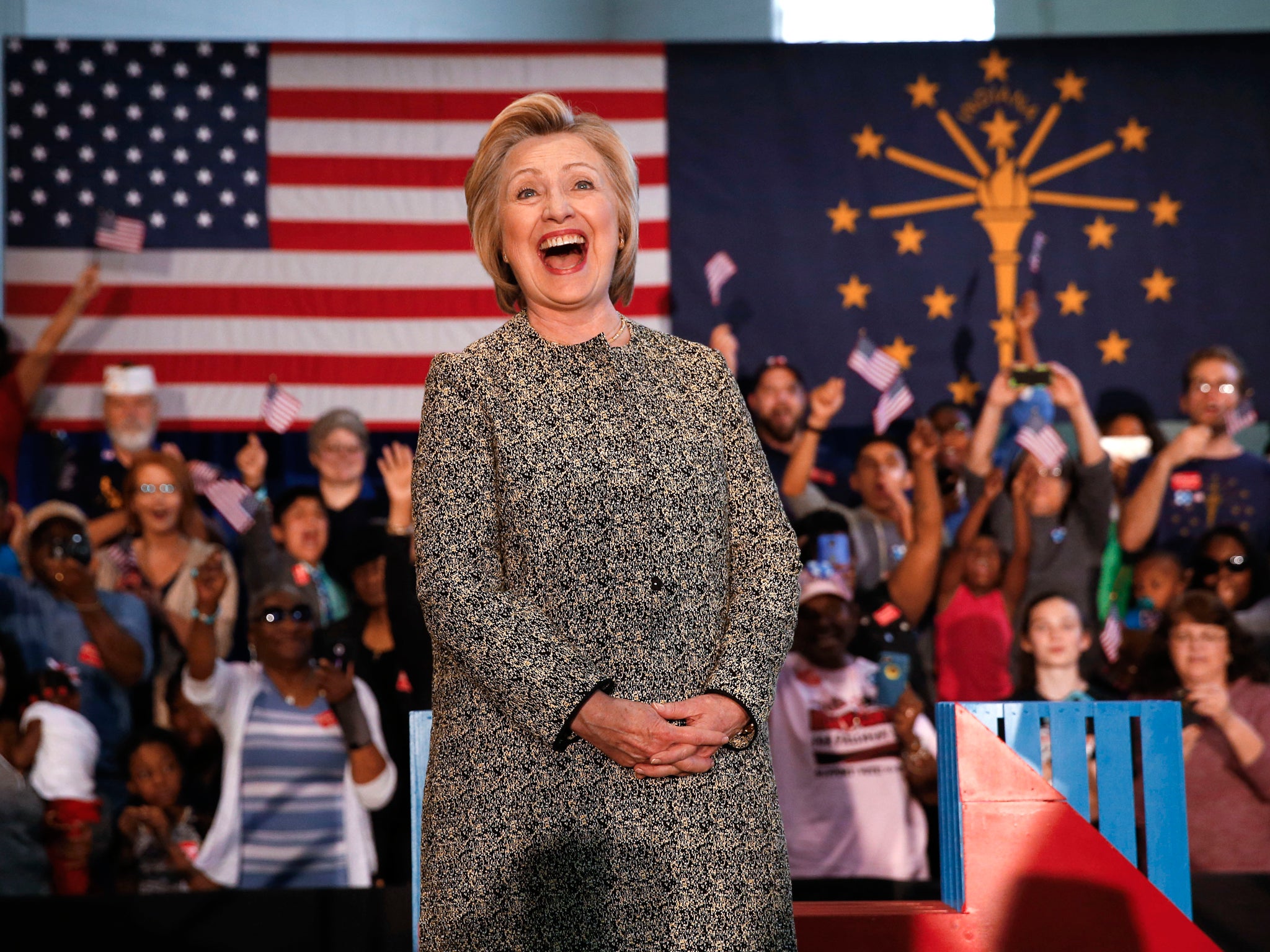US election 2016: Hillary Clinton and Donald Trump set for presidential duel
Ohio, Colorado Nevada, New Hampshire and Florida may be among the states to watch out for in 2016

Controversial businessman Donald Trump looks set to become the Republican candidate for the US presidency.
Losing Indiana was a devastating blow to Ted Cruz who has pulled out of the race, making Mr Trump the presumptive candidate.
When does Mr Trump officially become the Republican presidential candidate?
The Republican National Convention, which is held every four years, takes place in Cleveland, Ohio, on July 18-21.
The candidate with 1,237 delegates becomes the nominee and having won a majority of delegates, Mr Trump looks set to be crowned as the nominee.
The convention is where the party outlines its platform, votes on its rules of governance and nominates it candidates for president and vice-president.
Who will he be competing against to become US president?
It looks like Mr Trump could be facing off against Hillary Clinton, a former secretary of state and first lady.
She is within sight of clinching the Democratic nomination, a goal which eluded her in the 2008 race when she lost out to Barack Obama. The Democratic contender needs backing from 2,383 delegates to get the nomination.
Mrs Clinton tweeted after Mr Trump's latest success: "Donald Trump is the presumptive GOP (Republican National Convention) nominee. Chip in now if you agree we can't let him become president"
So the real presidential race has not started yet?
Campaigning will step up a gear ahead of the US general election on November 8.
The two candidates will mount whirlwind tours of the nation to press their case to voters. There will also be three key televised presidential debates in the last six weeks before the nation goes to the polls.
Mr Trump, complete with his unfavourable ratings with Hispanic and female voters, will have a fight to become the next resident of the White House. There are also many states which lean more to the Democrats than the Republicans.
How does the vote in November work?
Candidates go head-to-head as each of the states vote for their pick as the next president.
It uses a system called the electoral college in which a 538-strong group of people - made up of representatives, senators and electors - cast votes to decide on who will be the president and vice-president.
The candidate needs to get 270 of the electoral votes to win the presidency.
Tactics will come in to play here as there are key differences between the states. For example, the state of California has more than 10 times the population of Connecticut, so they do not get an equal say.
The number of electors for each state is based on the population.
There is a winner-takes-all first-past-the-post system in most states apart from Nebraska and Maine where proportional representation is in play.
A number of states, known as swing states, are also key.
Are there any states which will be especially important?
Swing states are the battleground for both candidates as they cannot be relied upon to definitely back either the Democrats or Republicans but can heavily influence the outcome of an election.
They are often racially diverse and have a knack of picking the winning candidate. Florida, Colorado and Nevada have large Hispanic populations while Virginia's black voters swung the state for Mr Obama in 2012.
Florida played a role in the 2000 election which was won by George W Bush. He lost the popular vote nationally but, after a Supreme Court case, won the electoral college.
Ohio, Colorado Nevada, New Hampshire and Florida may be among the states to watch out for in 2016.
When does the next US president start work?
The next president will be sworn into office at noon on January 20 2017.
PA
Join our commenting forum
Join thought-provoking conversations, follow other Independent readers and see their replies
Comments